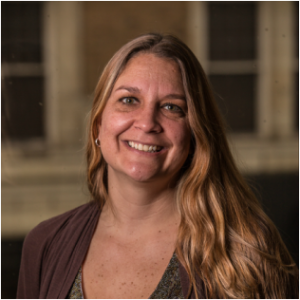During Gallery Day, the team had the opportunity to present our findings to Michelle Peters, the Community Benefit Ministry Officer and Director Community Health and Well-being for Saint Joseph Health System. We walked her through our fast facts, journey map, user needs and insights map, immersions and ethnography. We discussed some of the trends and patterns we found in our research as well as the direction we hoped to go in. We were able to share some of these with Michelle and she gave valuable feedback and advice.
Main Takeaways
- One of the main issues is finding funding for this project .
- Michelle believes that the solution will include a partnership with another organization or company
- There needs to be much more marketing and awareness of the resources available to help with transportation.
- The hospital makes maybe $8 per appointment when the patient is a medicaid patient.
- There are legal issues with using volunteers to help with transportation.
- Michelle suggested we talk with an Emergency Room case worker for more insights into the patients needs.
- There needs to be an efficient and organized system for the all of SJHS.
It was really helpful to see all of our research and data displayed all together. It really helped us visualize the system as a whole and all of the stakeholders and participants and the interactions that they have on a daily basis.
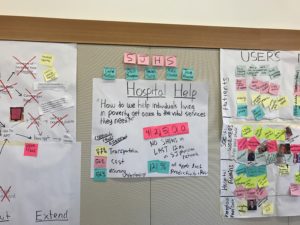
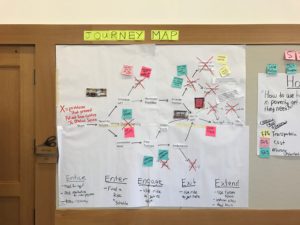
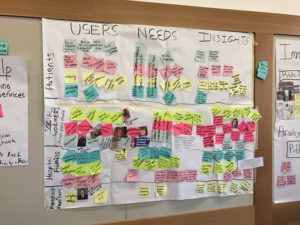
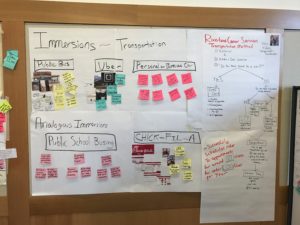
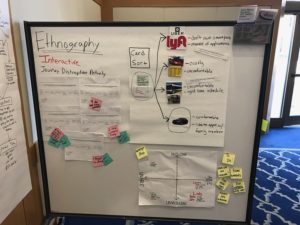
 .
.